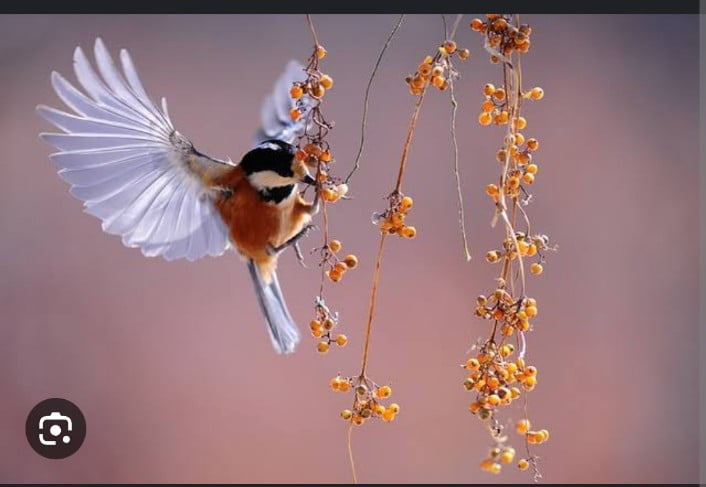In a somber revelation, the ‘State of India’s Birds 2023’ report, unveiled on August 25, has cast a bleak shadow over the state of avian inhabitants within the nation. The comprehensive study, bolstered by a colossal dataset of 30 million observations furnished by a legion of 30,000 dedicated birdwatchers, sheds light on the disheartening reality of bird species’ status and the looming threats that beset them, including the pervasive menace of pollution. Remarkably, 178 bird species are deemed of “High Priority,” necessitating immediate conservation efforts, among them the migratory wetland fowl like the Ruddy shelduck and native species such as the Indian courser.
As India boasts over 1,350 distinct bird species, including unique endemics confined to biodiversity hotspots, the breadth of avian diversity within its borders is unparalleled. The intricate ecological roles are donned by these creatures, ranging from the White-bellied blue flycatcher exclusively found in the Western Ghats to the resilient Indian peafowl, emblematic of India.
Yet, amidst this tapestry of avian life, disconcerting trends surface. The report deciphers the intricate nuances of avian fortunes through an amalgam of data analysis and expert insights. A consortium of institutions and conservation entities united their efforts to scrutinize the distribution and population trends of 942 bird species across India.
A noteworthy facet of this analysis is the reliance on citizen scientists, whose diligent observations have been immortalized in the annals of eBird, an online repository of bird sightings. The analysis spans both long-term (over 30 years) and current annual trends (past eight years), supplemented by an exploration of distribution range sizes. Regrettably, the findings are far from sanguine.
Alarming trends emerge, with 60% of species exhibiting long-term declines out of the 338 species studied. The repercussions of these trends encompass 204 species experiencing protracted declines, 98 species undergoing rapid deterioration, and 98 species maintaining relative stability. However, amidst this adversity, glimmers of hope are discernible, with 36 species witnessing increases.
Evidently, the resilient Indian peafowl and Asian koel thrive amidst this turmoil. However, the report casts a shadow over habitat specialists inhabiting grasslands and wetlands, many of whom are confronted with precipitous declines. Disturbingly, raptors, including habitat-specialist raptors like harriers and Short-toed snake eagles, have been gravely affected. Such grim trends might be suggestive of the influence of pollutants in their food chain or the depletion of prey sources.
Yet, amidst this bleakness, a modicum of solace emerges. Certain generalist species, typified by the Indian peafowl, chart an upward trajectory. The peafowl’s abundance has soared by 150% over recent decades. Nonetheless, this upswing comes with a caveat, as reports of crop damage and consequential retaliatory measures cloud its expansion.
The report’s reverberations resound beyond statistics, shedding light on the imperative for a nuanced conservation approach. Suhel Quader, senior scientist at the Nature Conservation Foundation, underscores the need for common species to remain abundant, elucidating their crucial contributions to ecosystem functioning.
Amidst these grim revelations, a clarion call for action reverberates. Conservation of specific species, attention to habitat preservation, and the unification of divergent policies are paramount in the journey to safeguard avian diversity. As India grapples with this confluence of challenges and opportunities, the report serves as a cornerstone for conservation efforts and augments the dialogue on sustainable coexistence.




